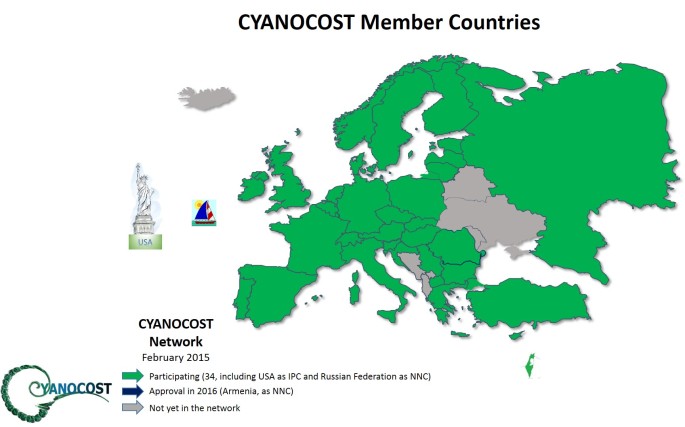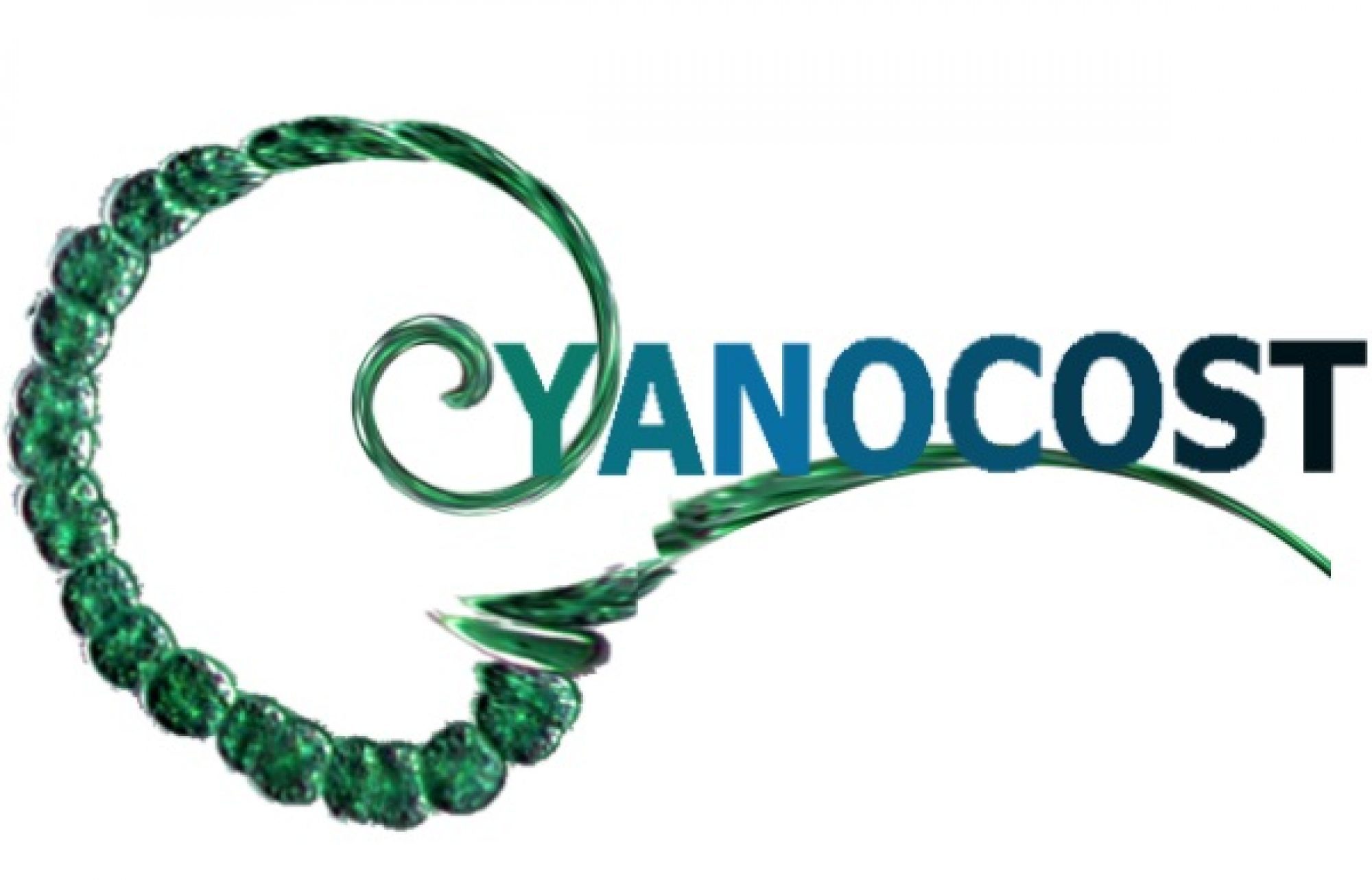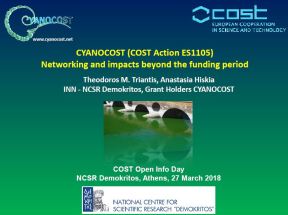Toxigenic cyanobacteria are one of the main health risks associated with European water resources. They produce a wide range of potent toxins with potential health effects on humans and animals exposed to them via raw and treated drinking water, aquaculture, agricultural crop irrigation, tourism and recreation. European research in the field has generated significant risk management capability, although this is regionally unbalanced. The CYANOCOST Network (ES 1105 COST Action) aims to transfer this knowledge and know-how to all European regions: widening awareness, spreading relevant technical competence, and sharing risk management expertise. The Action aims to provide tools to end-users (public authorities, water utilities, aquaculture, tourism and recreation sectors) by pooling and coordinating expertise throughout Europe and to harmonize methods and practices across Europe, thereby protecting public health, enterprises and investments. This Action arrival is extremely timely because new challenges in the field have appeared recently including emerging toxins and cyanobacterial species hitherto unknown in Europe, plus the preparation of new legislation and regulations in some European countries.
CYANOCOST has received funding from COST from 2012 – 2016.
The CYANOCOST page in the COST website contains information about Management Committee members, Participating Countries, the Action Fact Sheet and the Memorandum of Understanding.
The former CYANOCOST.com webpage contains information and material for the 2012-2016 period (not updated).



